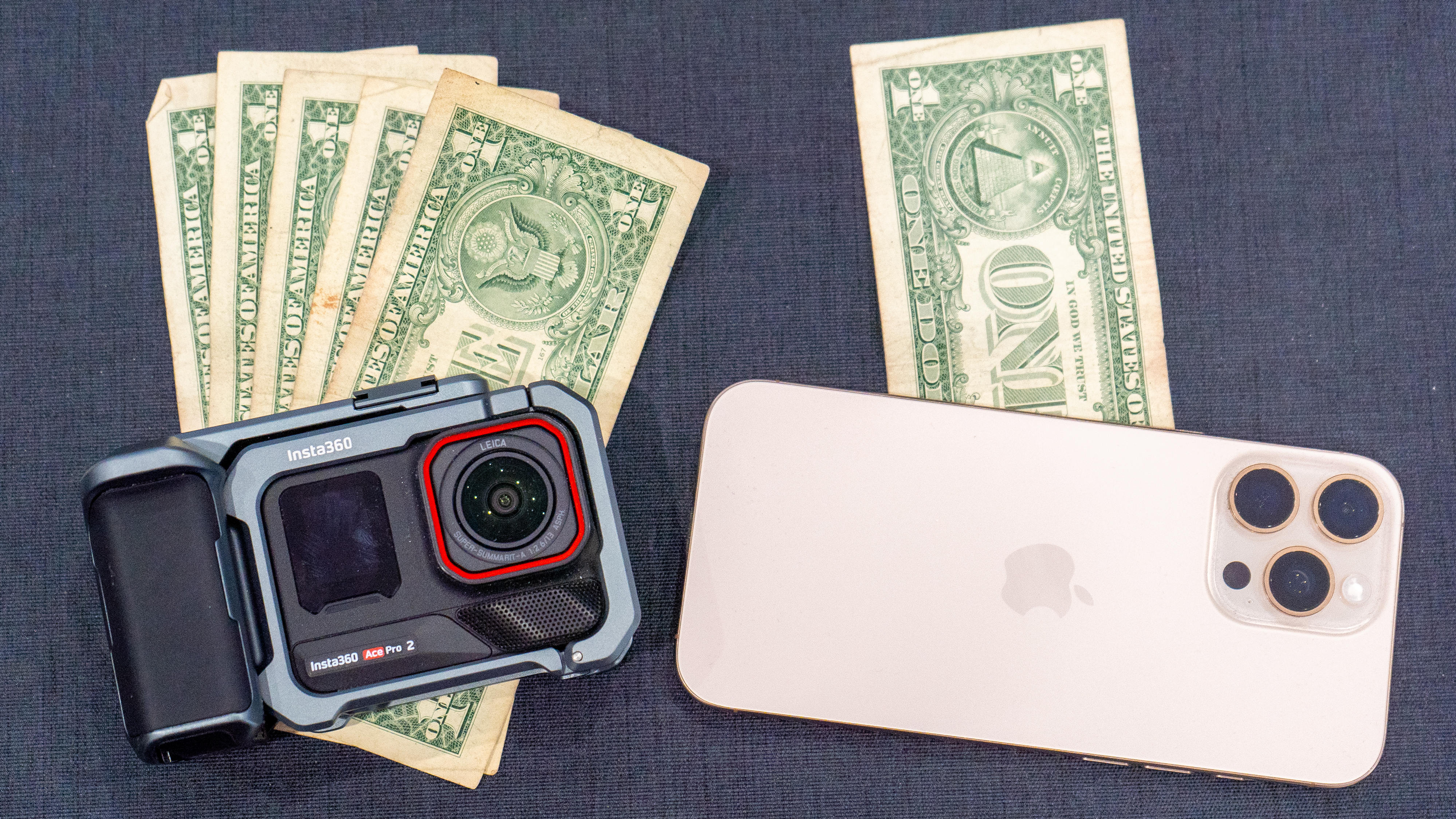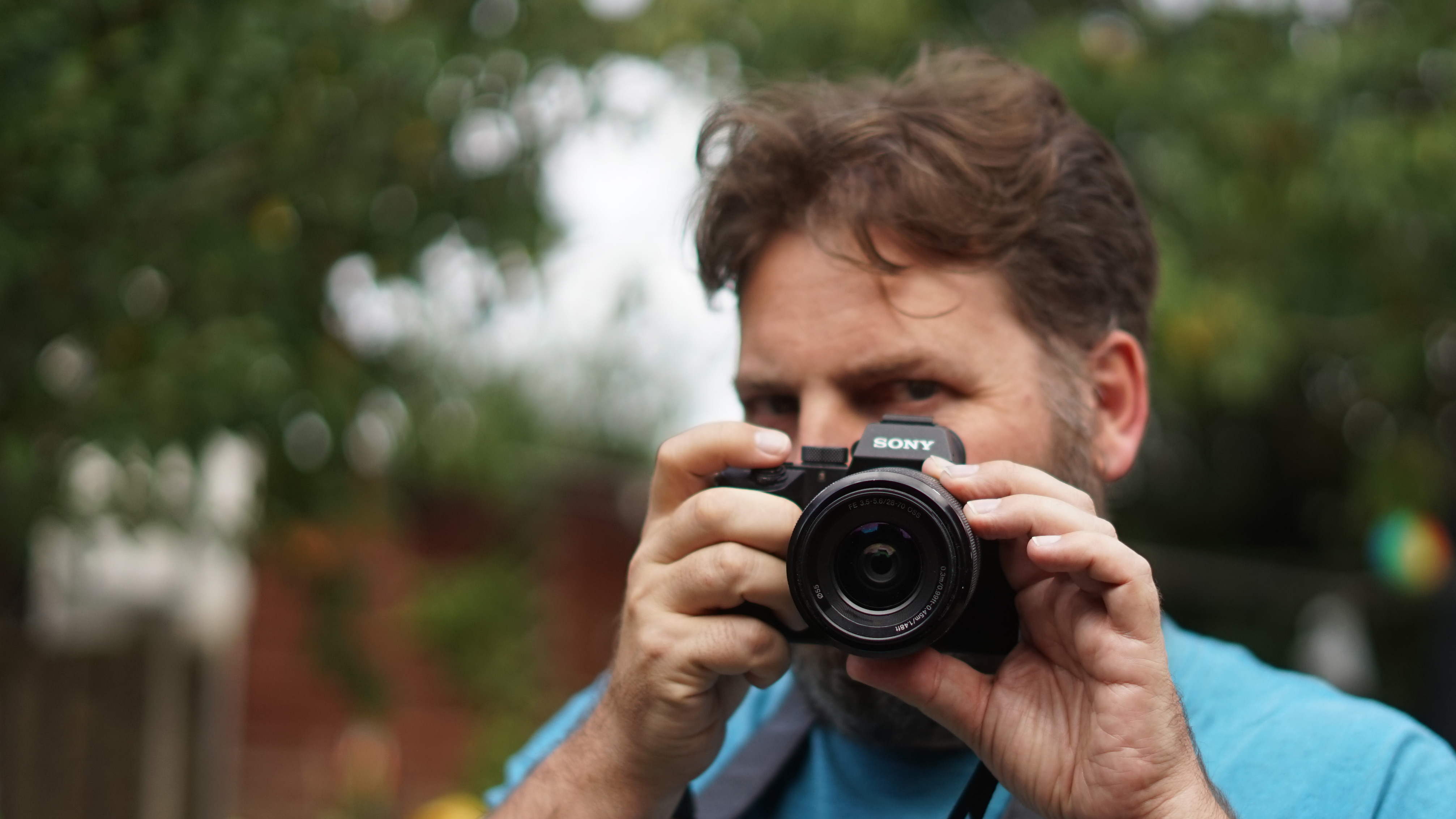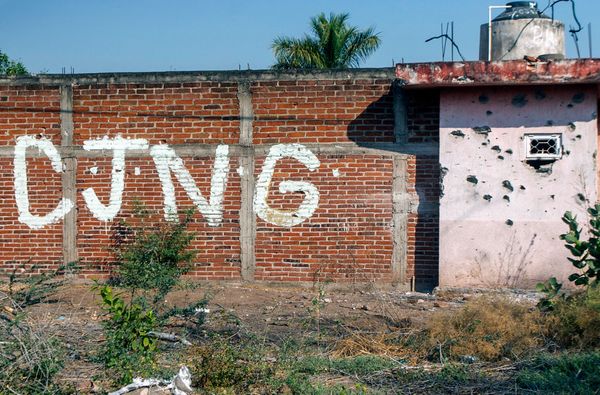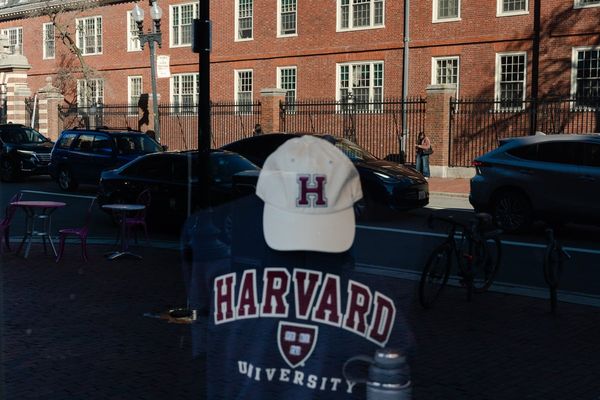
After years of broad consensus, tariffs are hot politics again in the USA, with President Donald Trump's government slapping extra-high import taxes on products from abroad. At first, the taxes were wide and indiscriminate, but now an exception has been introduced that appears to protect Apple and phones in general – whether it'll protect or harm dedicated cameras – compact cameras, mirrorless cameras, DSLRs, or even lenses and accessories – is a currently less clear.
Donald Trump, in a manner consistent with someone more used to reality TV than international trade relations, pushed things well beyond norms on April 2 by announcing a swave of tariffs – taxes on imports – though it wasn't until April 9 that he annouched these charges would be a whopping 104% for all Chinese goods.
After China retaliated with 84% tariffs, Trump pushed US tariffs on Chinese goods to 145% – prices which have a clear impact on companies which import products from China and 90% of Apple's products are manufactured outside the USA, mostly in China.
Over the weekend, an Apple expert writing in the New York Times indicated that the likely outcome would be an increase in the price of the iPhone to over $3,000 and potentially the collapse of one of America's best-known and biggest companies.
Since Apple shares are a big part of many people's pension funds and stock portfolios, this caused panic well beyond those contemplating the price of their next phone, and, hours later, on Saturday April 12, the US Customs and Border Patrol announced an "exception" to the 145% tariff to exclude smartphones and laptops.
This prevented the entire US technology industry from collapsing over the weekend. Later in the day President Trump told reporters "We'll be very specific" but was also clearly aware of the companies which had voiced their concerns – the BBC noted that "Apple, Nvidia, Microsoft" are amongst the firms breathing a huge sigh of relief.
But what about cameras?
That's the problem. Trade categories are very specific, and the rowing back that has taken place thus far is only designed to protect one of America's most crucial industries – tech – which might have been dealt a near-fatal blow through ill-planned blanket changes.

Now the government is prepared to make exceptions that means changes are happening on a category-by-category basis from the whopping 145% level which stood before.
The category "Television cameras, digital cameras and video camera recorders" on the Harmonized Tariff Schedule is not the same as the smartphone or computer chip ones.
So, unless the government decides to extend the exemption to categories that include cameras (there are 50-80 depending on your interpretation), most photographic equipment is not protected by the exemption.
Is what Trump is doing actually legal?
One hope for photographers – and anyone else hoping the equipment they need isn't about to suddenly get a massive price hike – is that the President has been making use of the International Emergency Economic Powers Act (IEEPA). This is a law essentially designed to facilitate emergency laws to prevent trading with the enemy if a war should arise, so some are challenging the use of the act in peacetime as unlawful. It is possible that, eventually, the President's actions could be declared illegal.
You might also like
Now is definitely time to check out the best camera phone and the best iPhone for photography.







